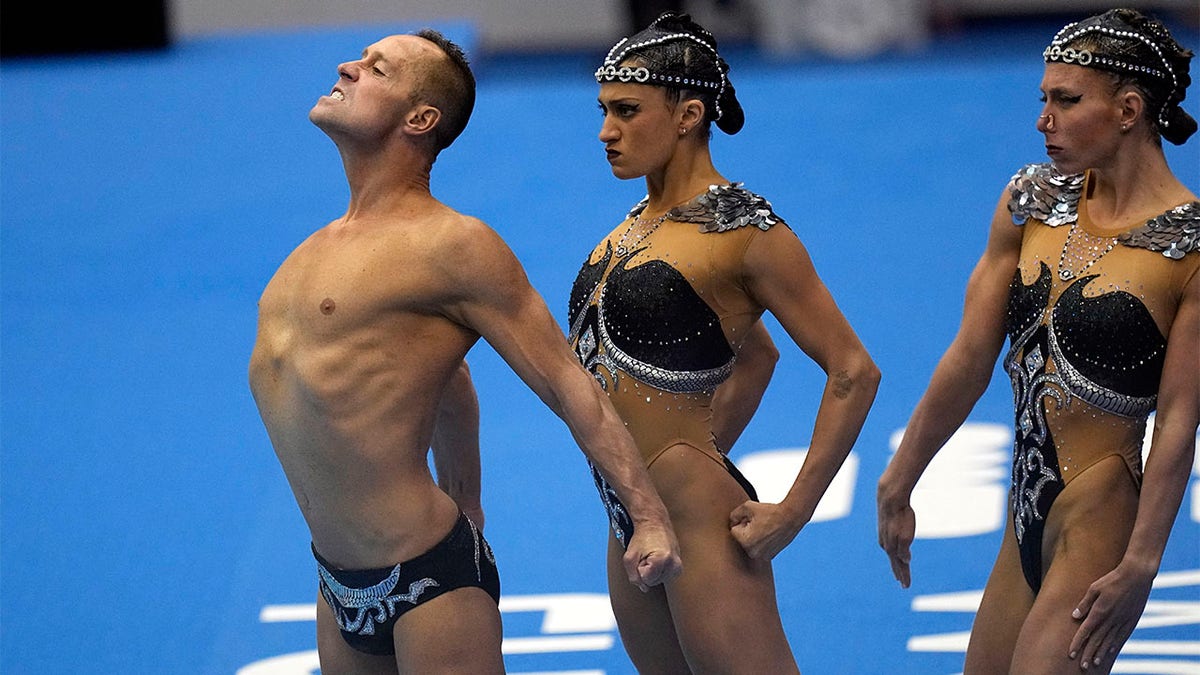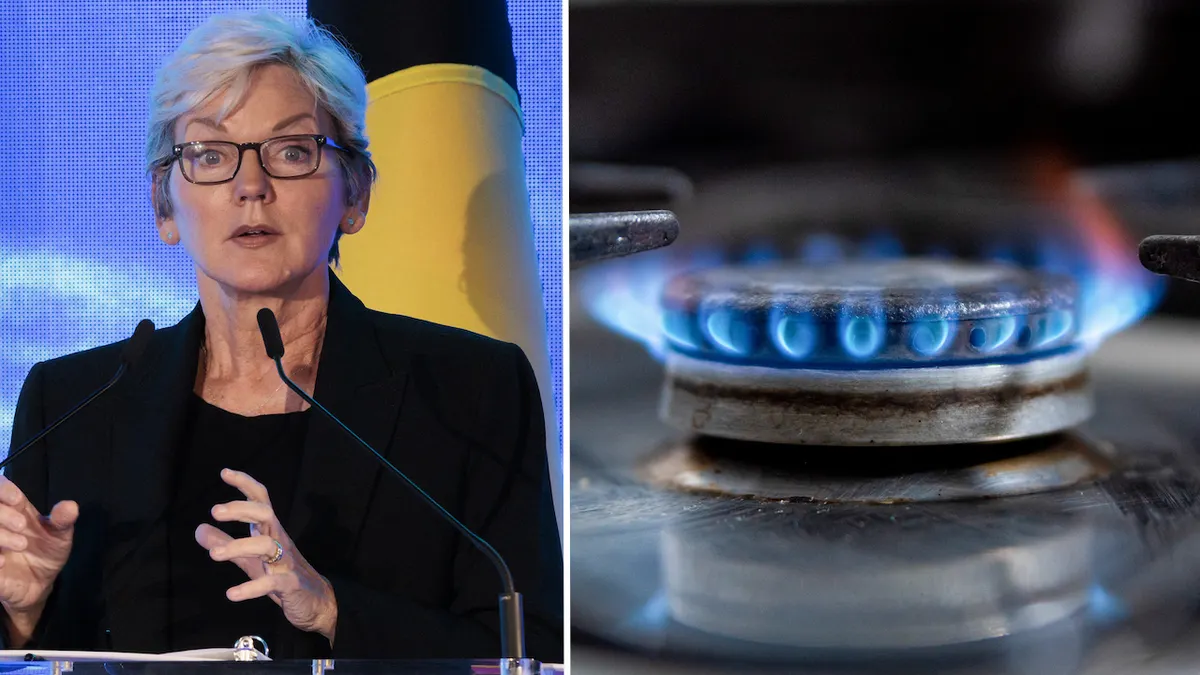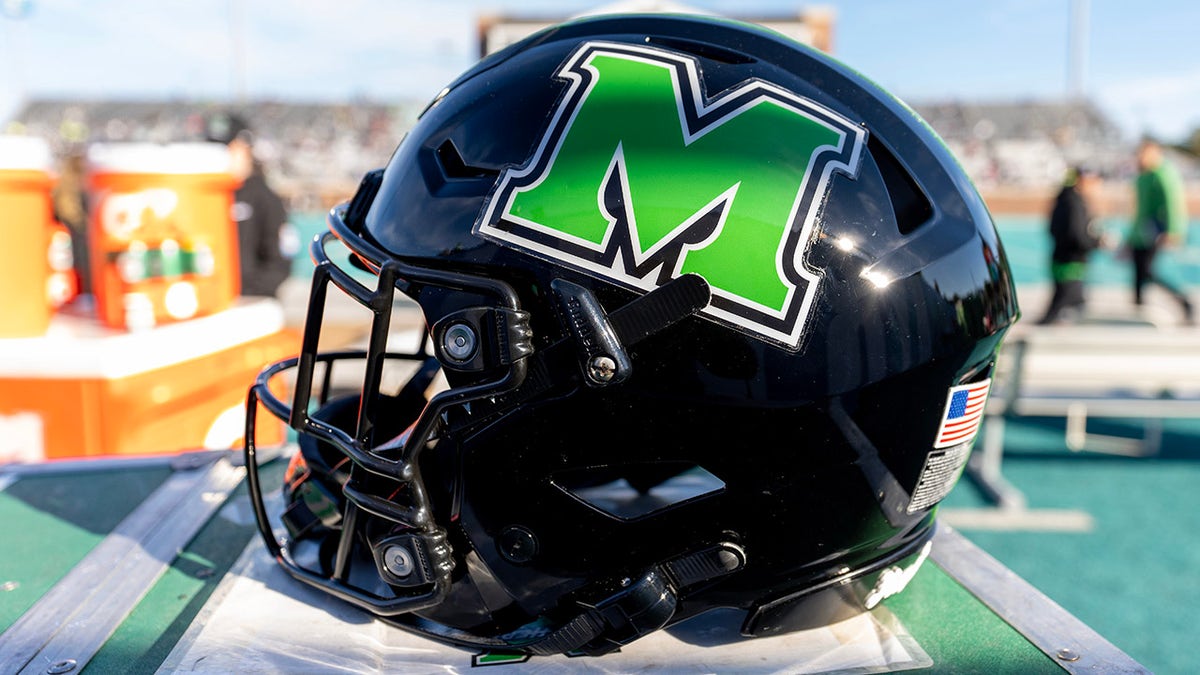Prepare to be amazed. Artistic swimming, formerly known as synchronized swimming, is evolving, and men are diving headfirst into this demanding sport, ready to compete at the highest level, including the upcoming Paris Olympics.
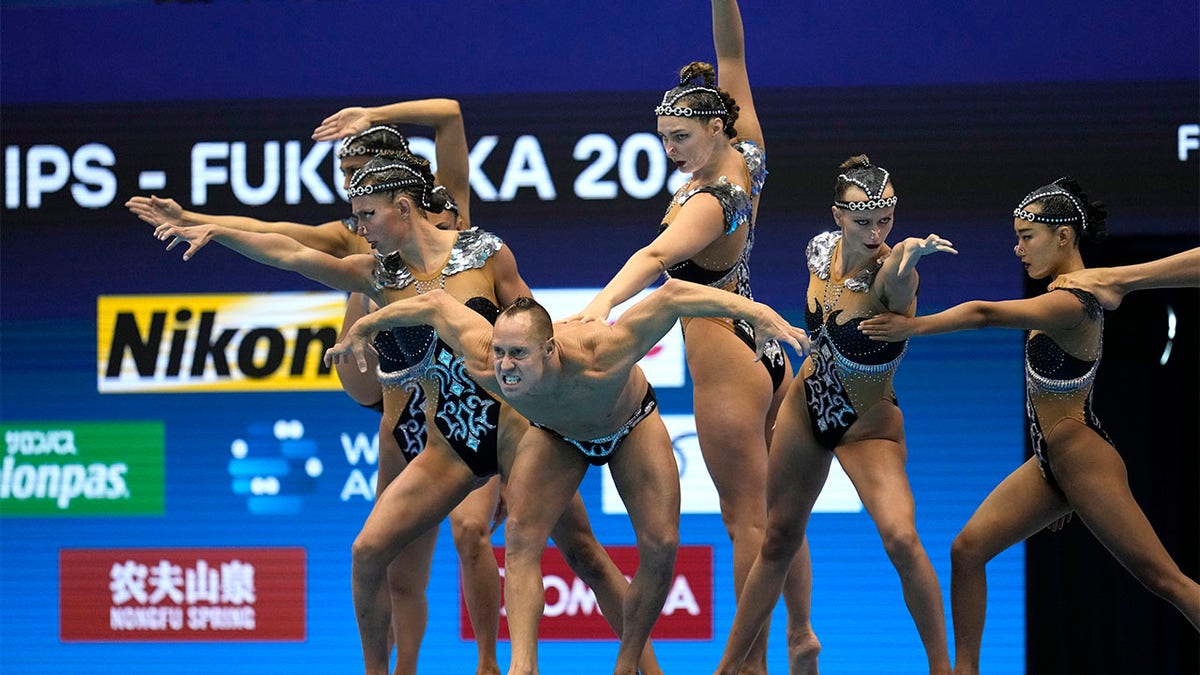
For years, men have participated in artistic swimming at lower levels, often facing ridicule and misconceptions. Now, with the inclusion of men in the Olympics, athletes like Bill May, a veteran of the sport and Cirque du Soleil performer, see a wave of opportunity. "Expanding participation to include men will undoubtedly boost the sport’s appeal and growth," May shared in an interview with the Associated Press. He believes that excluding men limits the sport's potential.
May, who possesses a physique reminiscent of a bodybuilder, has been a pioneer in men's artistic swimming. He was among the first men to compete at the world championships in 2015 and has returned from retirement to pursue his Olympic dream. He emphasizes the sport's difficulty, challenging anyone with doubts to try it themselves.
This isn't the synchronized swimming of yesteryears. Forget the floral caps and gentle movements. Modern artistic swimming, especially the acrobatic team event, is a high-energy spectacle of lifts, throws, flips, and dives launched from teammates' shoulders. It's essentially gymnastics on water, demanding strength, precision, and resilience, even carrying the risk of concussions.
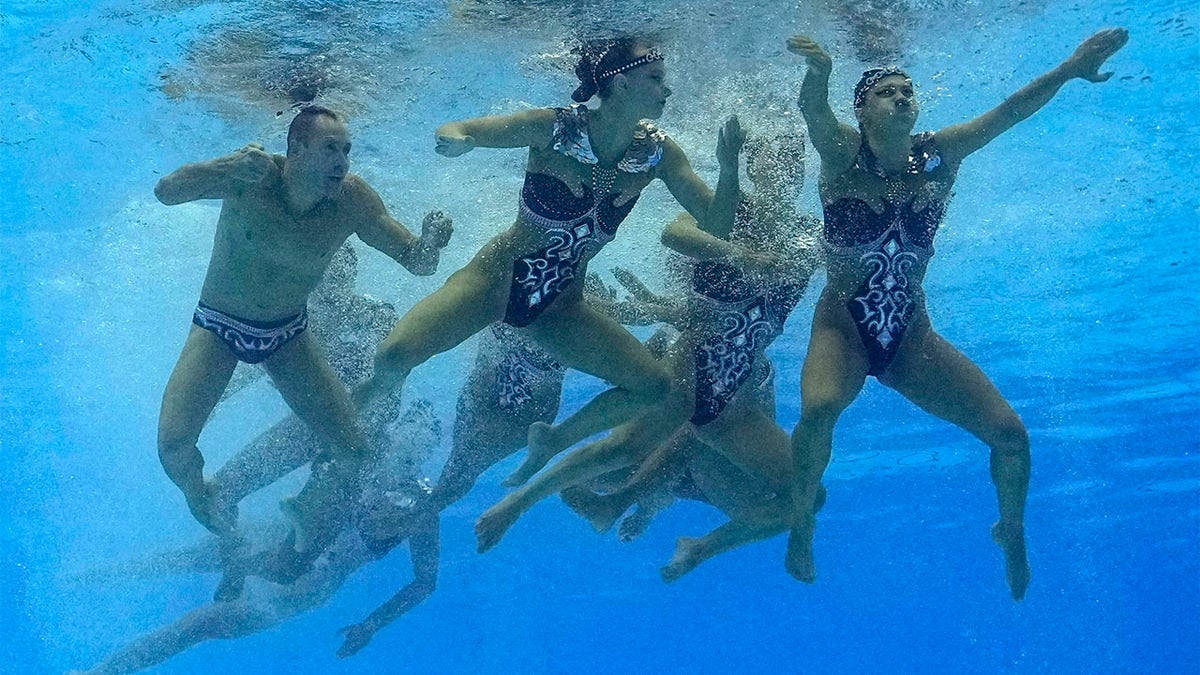
The journey for male artistic swimmers hasn't been easy. Kenny Gaudet, an 18-year-old American competitor, recounted his experiences with bullying and prejudice simply for pursuing his passion. Despite the adversity, Gaudet persevered, driven by his love for the sport.
Adam Andrasko, head of USA Artistic Swimming, is actively recruiting men, witnessing a significant increase in participation in recent years. He acknowledges the historical lack of a robust developmental system for male athletes in the sport. While a few countries have male artistic swimmers, Andrasko expresses concern about the limited number of men competing internationally and the potential for their absence at the Olympic Games. He notes that women currently outperform men in the sport, largely due to greater flexibility.
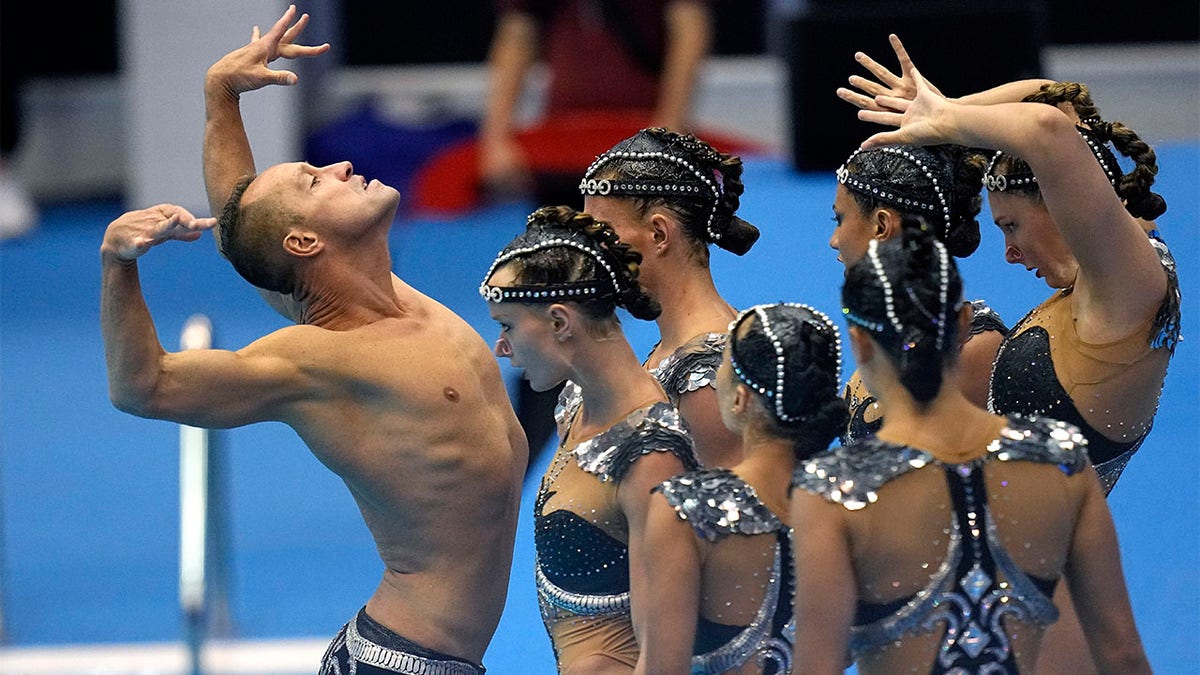
Concerns about potential resentment from female athletes towards male competitors appear to be unfounded. Two-time American Olympian Anita Alvarez expressed full support for the inclusion of men. She highlighted the added athleticism men bring to the routines and the potential for a wider audience. Alvarez also praised May's choreographic contributions, honed during his time with Cirque du Soleil.
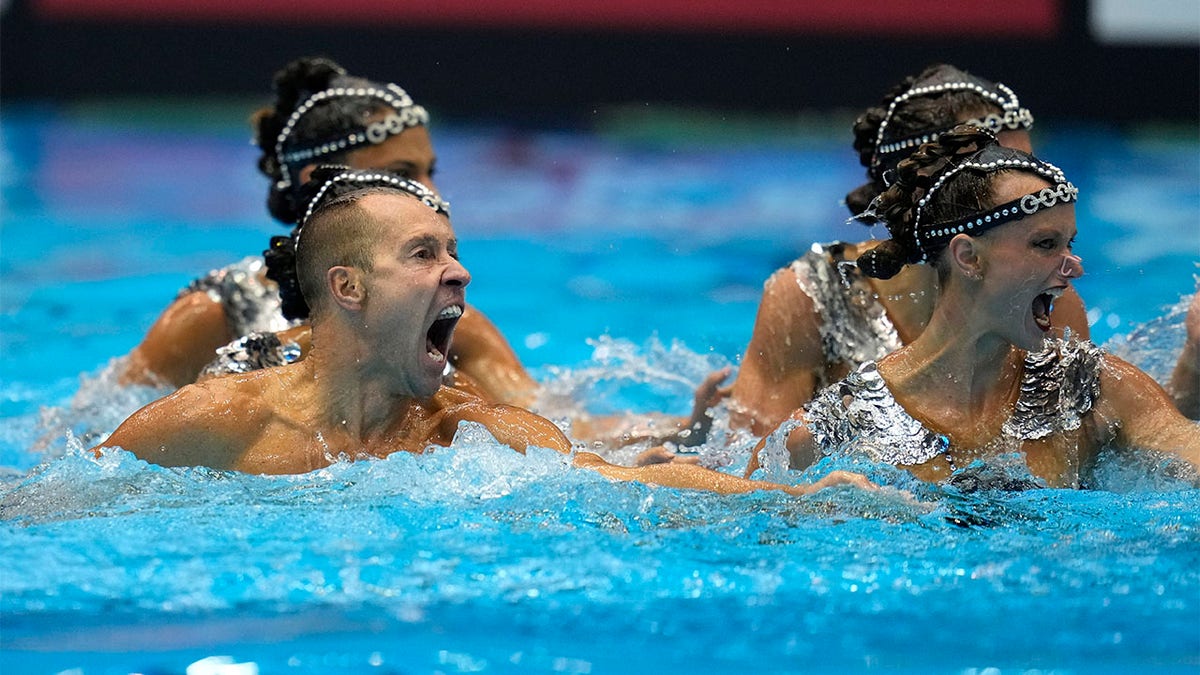
Alvarez described the grueling training regimen, which includes eight-plus hours a day of treading water, intricate timing and musicality, and performing complex patterns without goggles. She emphasized the unseen complexities of the sport, hoping that the inclusion of men will inspire more young people, both boys and girls, to pursue their Olympic dreams.
